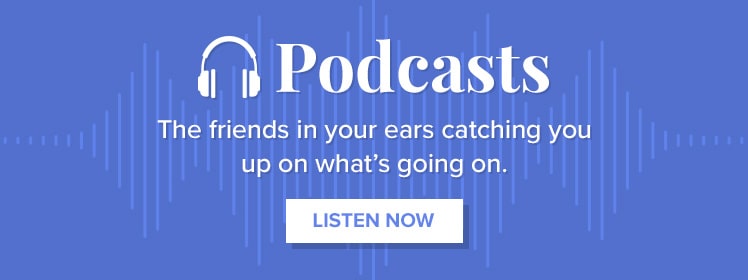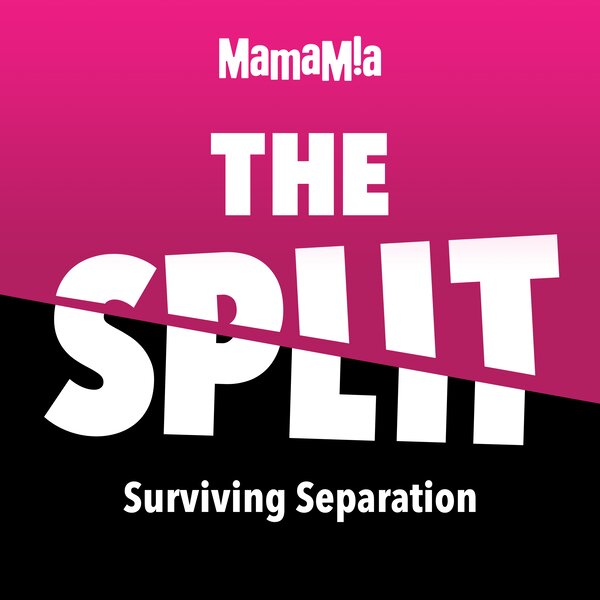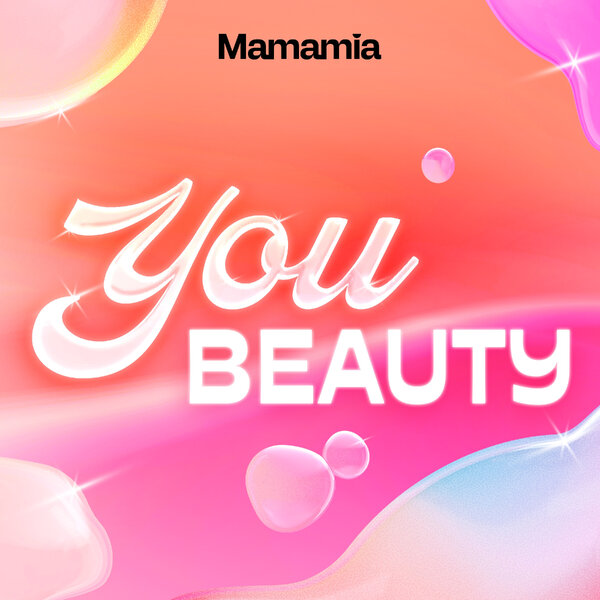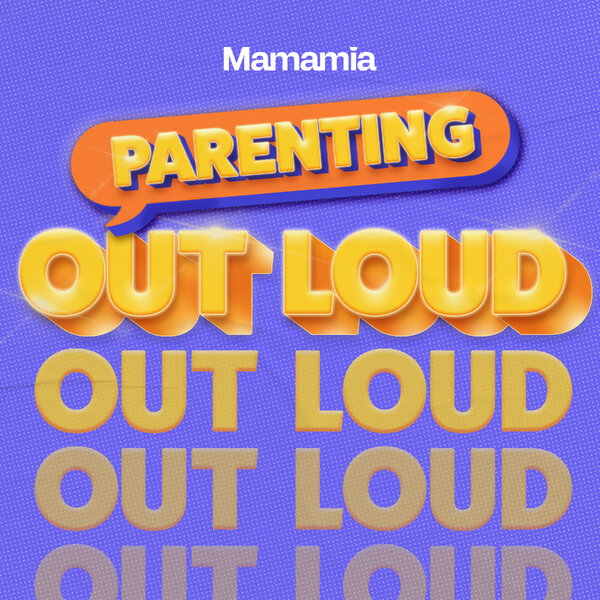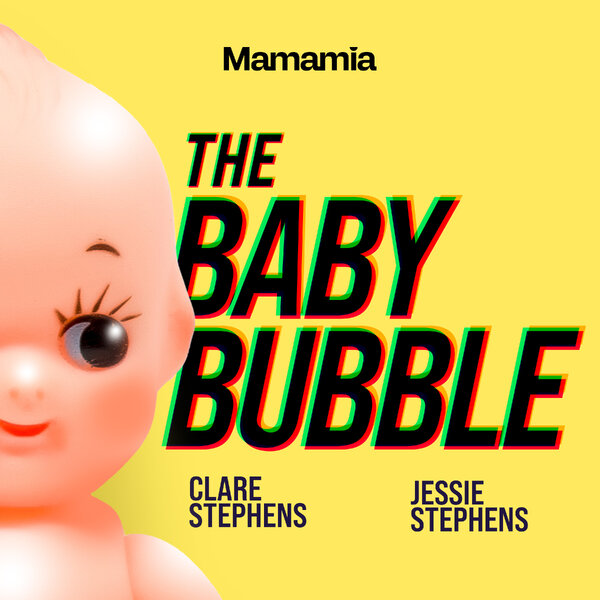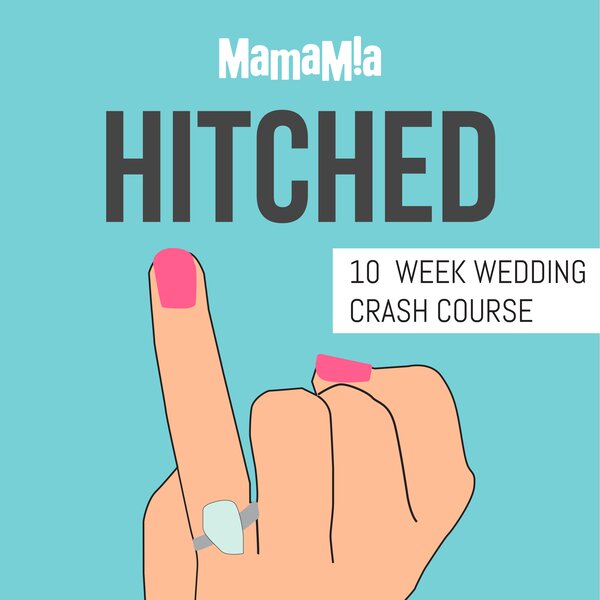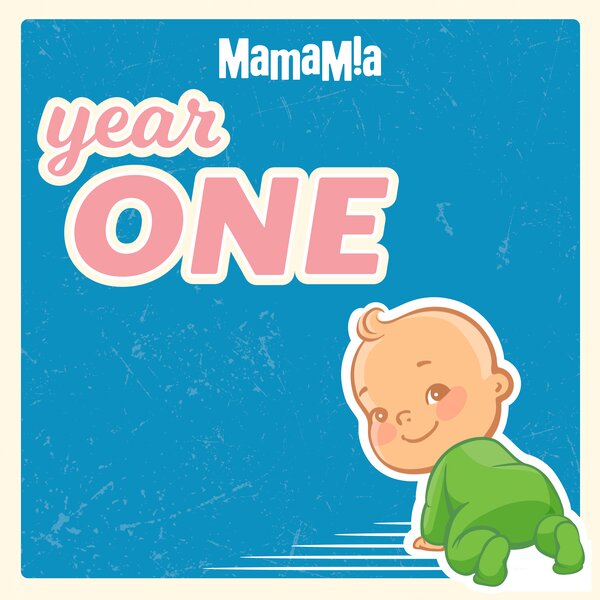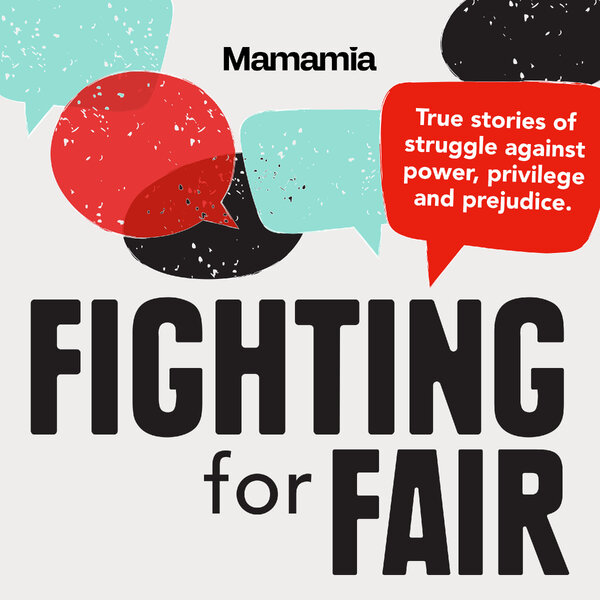
For a teenage boy in 2025, accessing pornography isn't difficult.
All they need is a phone or computer, and a willingness to click 'yes' when you're asked if they're over 18.
Despite the easy access, teenage boys are increasingly turning away from regular pornography. Why? Regular porn is simply, too violent.
"It's just women being choked or raped," 16-year-old Jack* told Mamamia.
Watch: Adolescence trailer. Article continues after the video.
"That's literally all there is. Obviously, it's not real, and the women have consented, but like, it's just not that enjoyable to watch someone (look like they're) getting (assaulted)."
15-year-old Cody* agrees. He says, when they do want to access porn, they tend to watch clips that are more — as they describe them — passionate.
According to Jack, regular pornography has been dominated by violence and abuse of women for as long as he's been able to access it. He says he can see the danger in normalising violent sex, and admits to being influenced as a younger teen.



